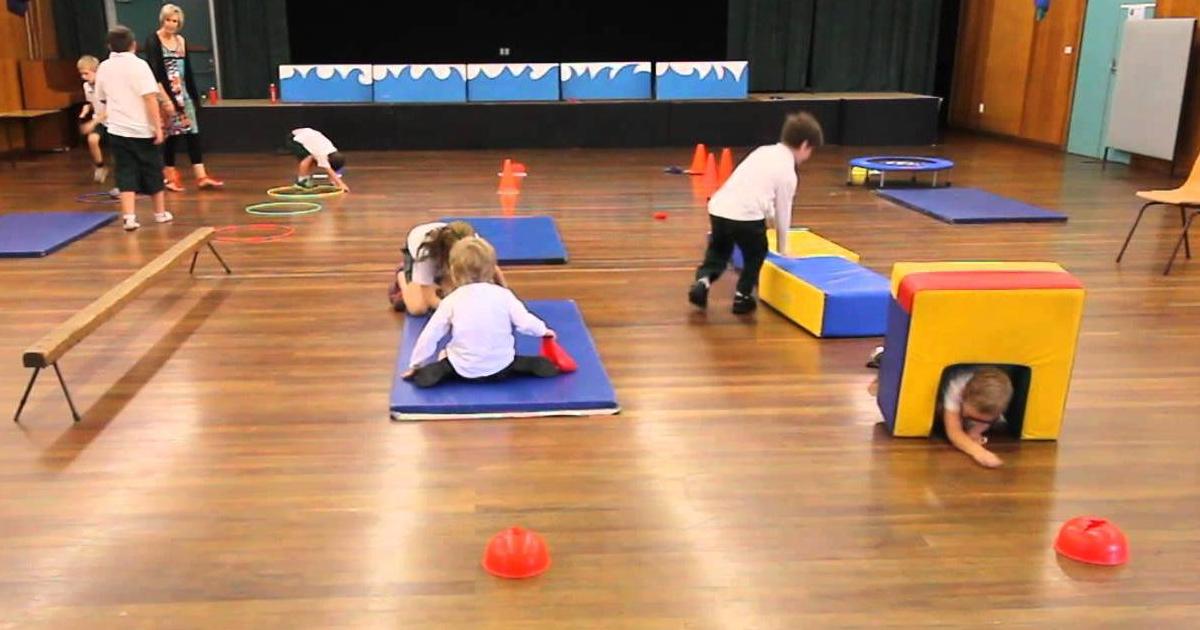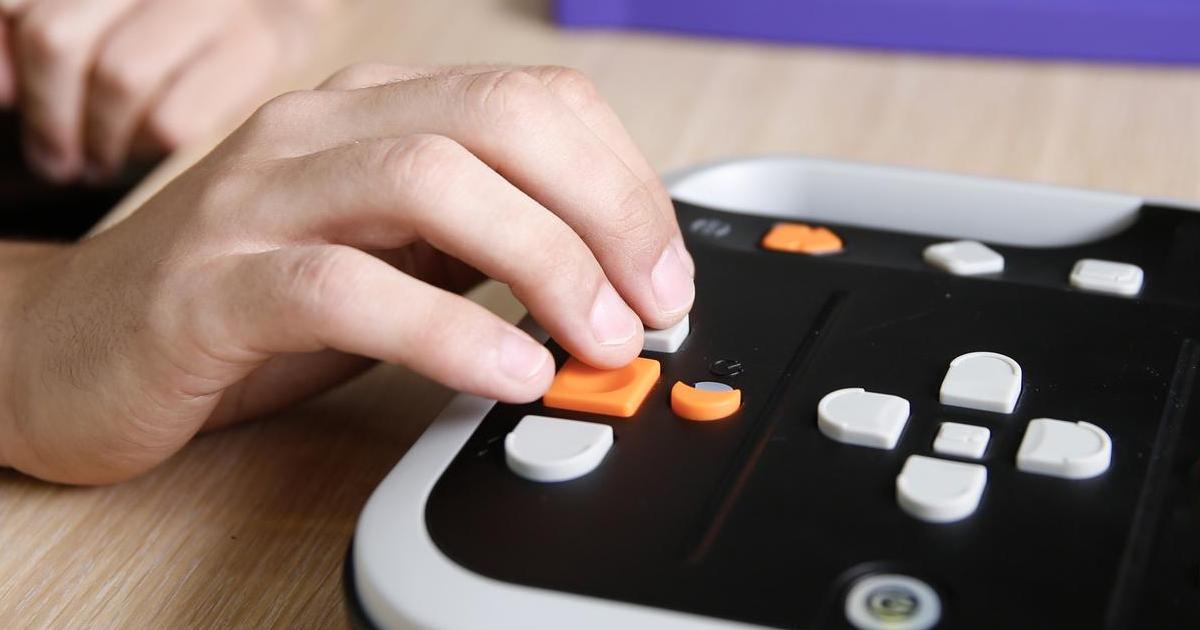How To Treat Dyspraxia
Dyspraxia is a condition that can severely impair an individual's abilities in life. Diagnosable in early childhood, it can be discerned from troubles with fine motor skills, speaking, and following instructions. Those who have dyspraxia can find themselves struggling to keep up in a classroom environment. As they grow up, they might find themselves to be overwhelmed in their work life. One in ten individuals has dyspraxia to some extent. While it's more commonly diagnosed in boys, girls also have the potential to have this condition. It cannot be eliminated, but it can be managed. Here are some ways to treat dyspraxia.
Occupational Therapy

With occupational therapy, a professional observes how a person with dyspraxia performs certain tasks. These are common ones that make use of one's fine motor skills. Since patients with dyspraxia might have difficulty with keeping their handwriting clear or tying their shoes with a sustainable knot, occupational therapists are on hand to guide them. They'll work with them to find what parts of each process are the most difficult. For many individuals with dyspraxia, frustration can get the best of them when trying to perform basic tasks. Quality occupational therapists make a point of helping their patients understand there is no hurry for them to master anything.
Keep reading to learn more about treating dyspraxia.
Perceptual Motor Training

Perceptual motor training entails helping patients with dyspraxia find comfort in their body and being able to move about freely while also developing their minds. Since so much of succeeding in academic environments is about balancing physical and mental tasks, children with dyspraxia need perceptual motor training to gain confidence in both their bodies and mind. Through this treatment, patients can better understand how to multitask. They do not have to worry about keeping track of more than one thought process at a time. With enough practice, it can become second-nature for them to take notes while listening to a teacher or to remember how to catch a ball and say the state capitals at the same time.
Learn more ways to treat dyspraxia now.
Speech Therapy

Patients with dyspraxia often have difficulty with speaking. Thankfully, speech therapy can help them with learning how to bring their thoughts and mouth together for smooth and successful pronunciation. A speech therapist will work with a patient to find the best methods for helping them communicate verbally. This can include helping them with saying certain words, varying their cadence, and speaking in a clearer manner. With patience and extensive training, a patient with dyspraxia can learn how to speak with confidence. Speech therapy helps reduce frustration by allowing them to express themselves with much less fear of not being understood or heard.
Reveal the next treatment for dyspraxia now.
Hippotherapy

It doesn't involve hippos, but it does involve another animal. Hippotherapy is the use of horses as treatment. This is especially useful for patients with dyspraxia, as coordination issues are one of the biggest hurdles to overcome. When an individual is riding a horse, they need to understand coordination. Hippotherapy can give patients a newfound feeling of independence and security. As they ride horses, they can have a breakthrough. Things that might have previously been unthinkable, such as directing a horse to turn in a certain direction or to stop when its reins are pulled can be done in a cinch through regular practice.
Continue reading to understand more ways to treat dyspraxia.
Assistive Technology

Assistive technology helps patients with dyspraxia by helping free them from the restraints of their condition. When they use this technology, they can better perform certain actions, such as speaking and writing. Organizational skills can also be managed with assistive technology that lets children with dyspraxia use digital copies of their schoolbooks. It is important this is not used in place of other therapies but as a supplement. Coping with dyspraxia does not mean avoiding learning how to perform important tasks. It means learning how to perform them in ways that are tailored for individuals with the condition. While it might take longer to master, the process and results are both worth it.